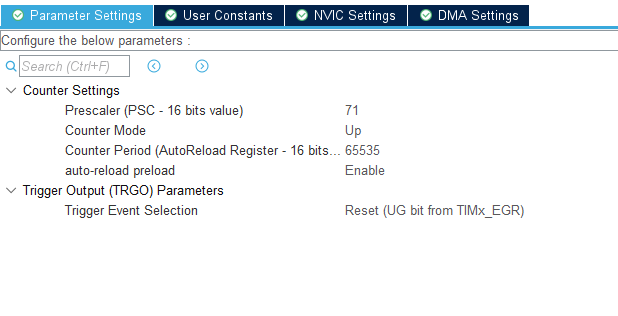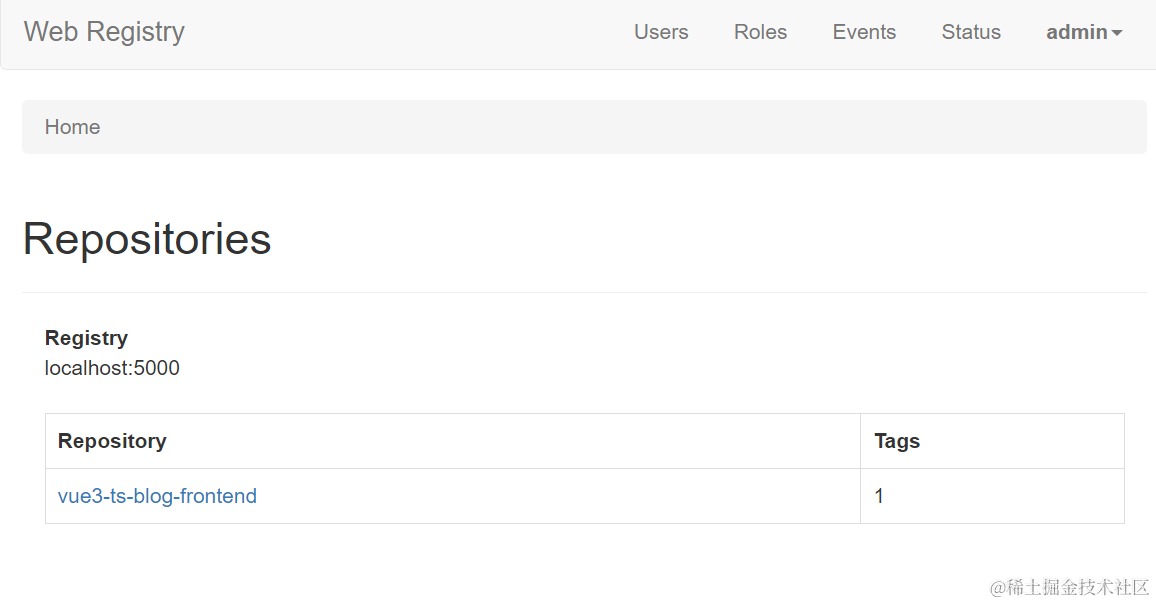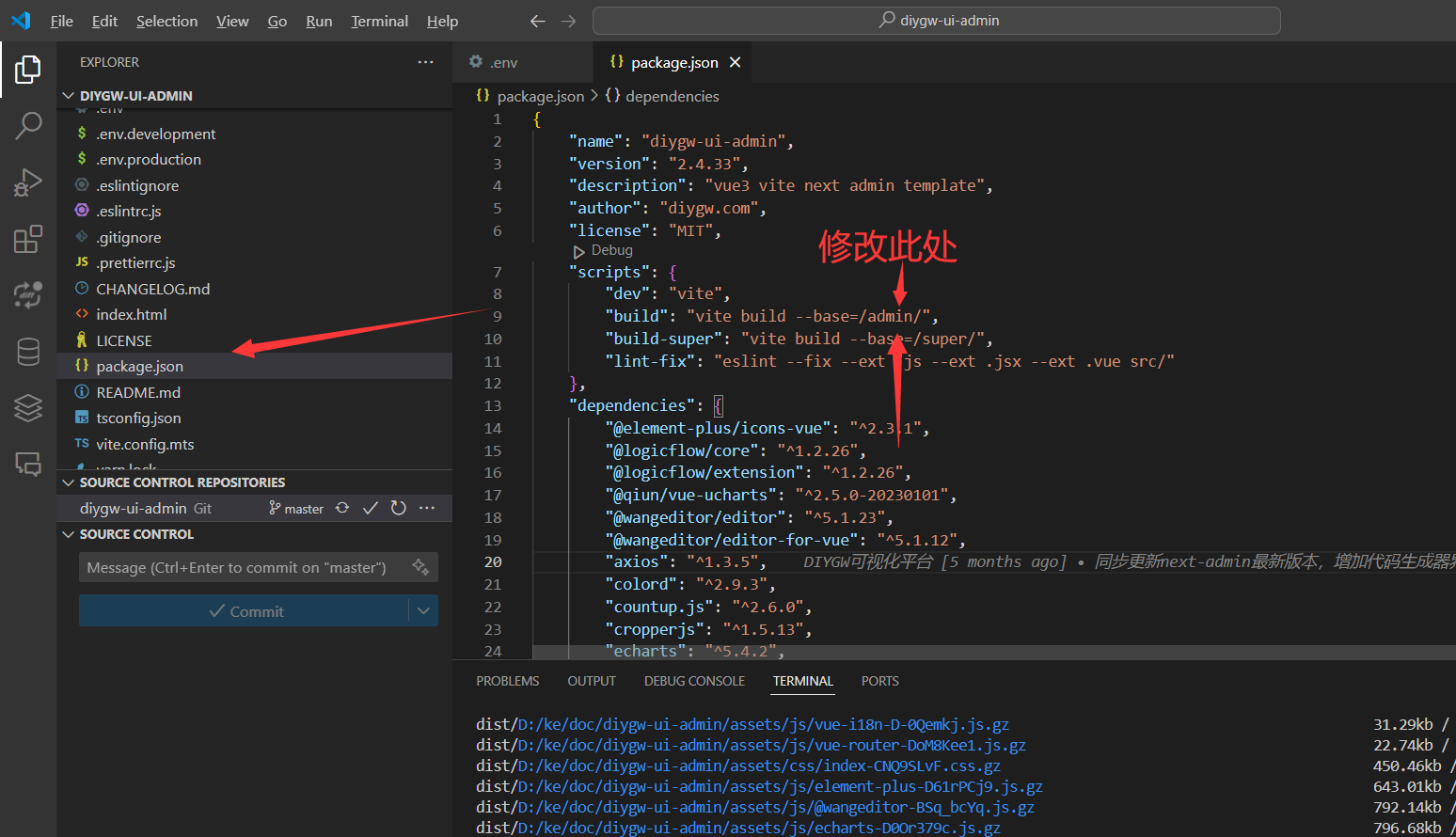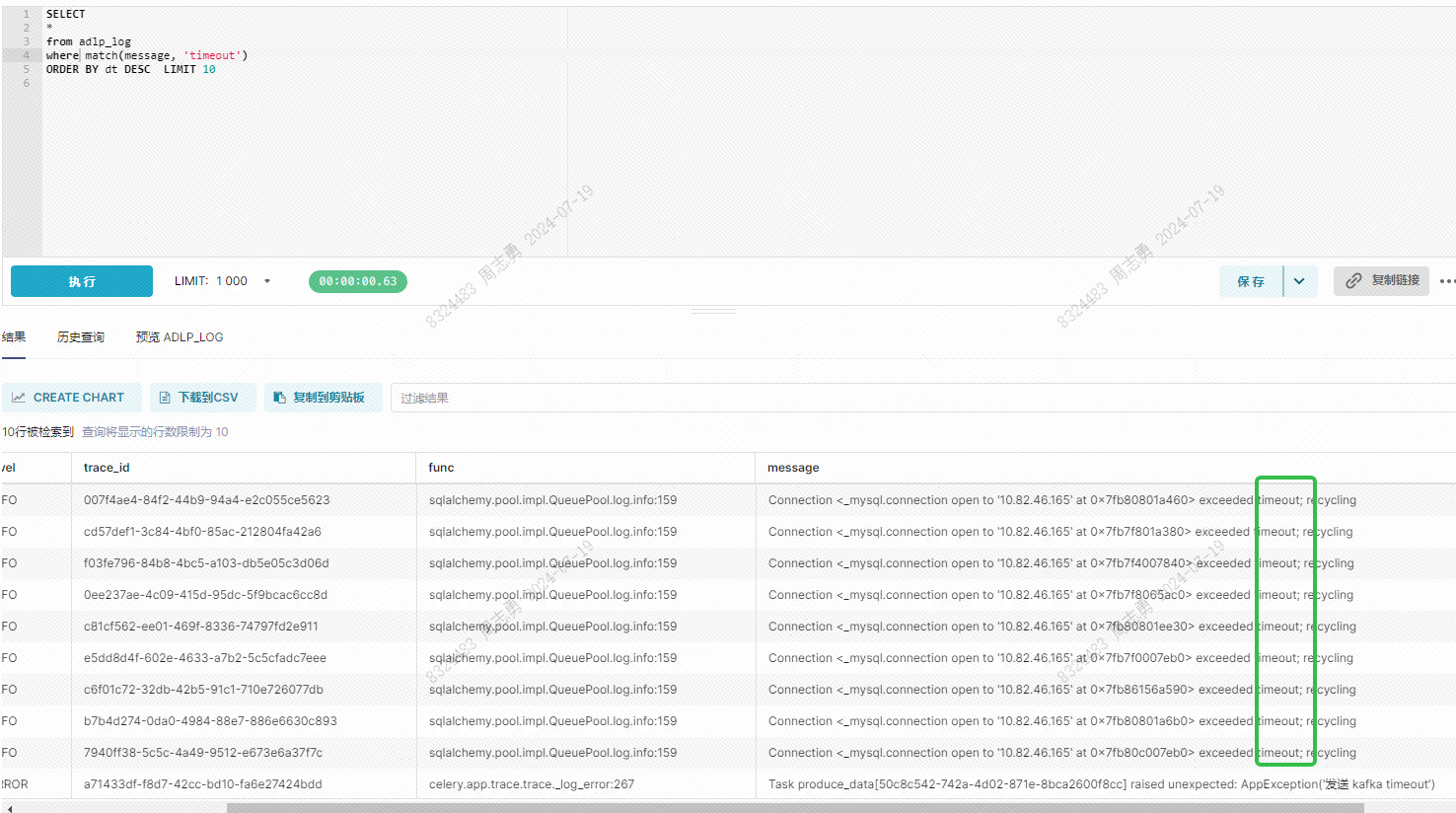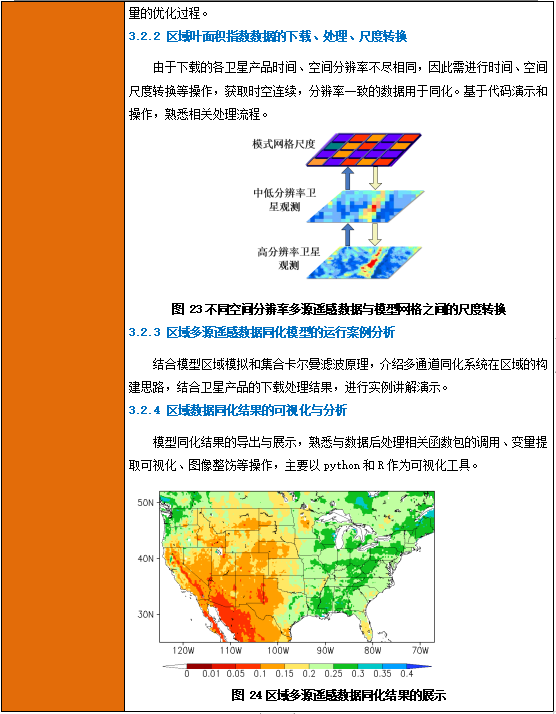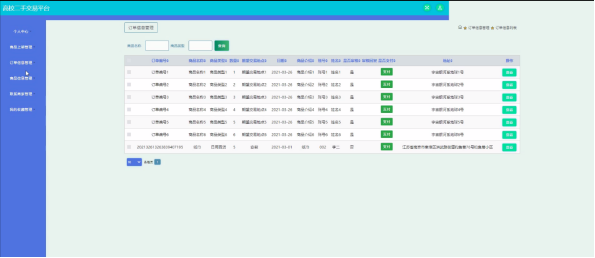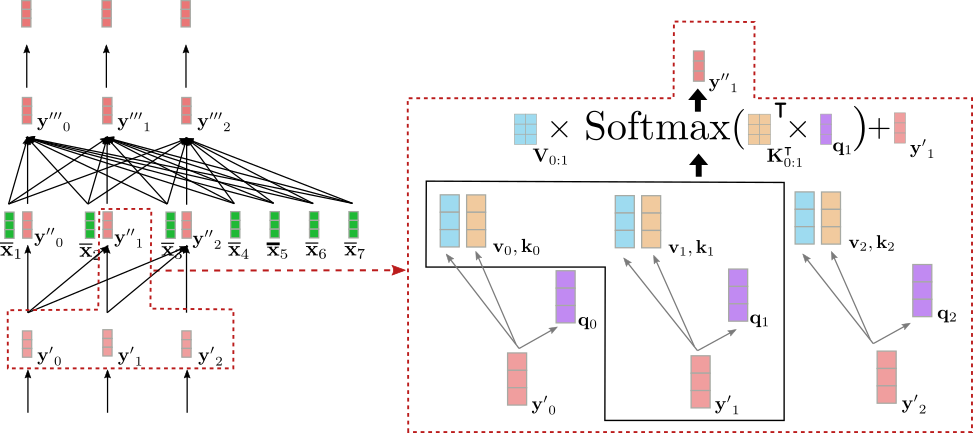【PyTorch】图像二分类项目
【PyTorch】图像二分类项目-部署
【PyTorch】图像多分类项目
【PyTorch】图像多分类项目部署
多类图像分类的目标是为一组固定类别中的图像分配标签。
目录
加载和处理数据
搭建模型
定义损失函数
定义优化器
训练和迁移学习
用随机权重进行训练
用预训练权重进行训练
加载和处理数据
将使用 PyTorch torchvision 包中提供的 STL-10 数据集,数据集中有 10 个类:飞机、鸟、车、猫、鹿、狗、马、猴、船、卡车。图像为96*96像素的RGB图像。数据集包含 5,000 张训练图像和 8,000 张测试图像。在训练数据集和测试数据集中,每个类分别有 500 和 800 张图像。

from torchvision import datasets
import torchvision.transforms as transforms
import os
path2data="./data"
# 如果数据路径不存在,则创建
if not os.path.exists(path2data):
os.mkdir(path2data)
# 定义数据转换
data_transformer = transforms.Compose([transforms.ToTensor()])
# 从datasets库中导入STL10数据集,并指定数据集的路径、分割方式、是否下载以及数据转换器
train_ds=datasets.STL10(path2data, split='train',download=True,transform=data_transformer)
# 打印数据形状
print(train_ds.data.shape)
若数据集导入较慢可直接下载:http://ai.stanford.edu/~acoates/stl10/stl10_binary.tar.gz
import collections
# 获取标签
y_train=[y for _,y in train_ds]
# 统计标签
counter_train=collections.Counter(y_train)
print(counter_train)
# 加载数据
test0_ds=datasets.STL10(path2data, split='test', download=True,transform=data_transformer)
# 打印数据形状
print(test0_ds.data.shape)
# 导入StratifiedShuffleSplit模块
from sklearn.model_selection import StratifiedShuffleSplit
# 创建StratifiedShuffleSplit对象,设置分割次数为1,测试集大小为0.2,随机种子为0
sss = StratifiedShuffleSplit(n_splits=1, test_size=0.2, random_state=0)
# 获取test0_ds的索引
indices=list(range(len(test0_ds)))
# 获取test0_ds的标签
y_test0=[y for _,y in test0_ds]
# 对索引和标签进行分割
for test_index, val_index in sss.split(indices, y_test0):
# 打印测试集和验证集的索引
print("test:", test_index, "val:", val_index)
# 打印测试集和验证集的大小
print(len(val_index),len(test_index))
# 从torch.utils.data中导入Subset类
from torch.utils.data import Subset
# 从test0_ds中选取val_index索引的子集,赋值给val_ds
val_ds=Subset(test0_ds,val_index)
# 从test0_ds中选取test_index索引的子集,赋值给test_ds
test_ds=Subset(test0_ds,test_index)
import collections
import numpy as np
# 获取标签
y_test=[y for _,y in test_ds]
y_val=[y for _,y in val_ds]
# 统计测试集和验证集的标签数量
counter_test=collections.Counter(y_test)
counter_val=collections.Counter(y_val)
# 打印测试集和验证集的标签数量
print(counter_test)
print(counter_val)
from torchvision import utils
import matplotlib.pyplot as plt
import numpy as np
%matplotlib inline
# 设置随机种子为0
np.random.seed(0)
# 定义一个函数,用于显示图像
def show(img,y=None,color=True):
# 将图像转换为numpy数组
npimg = img.numpy()
# 将图像的维度从(C,H,W)转换为(H,W,C)
npimg_tr=np.transpose(npimg, (1,2,0))
# 显示图像
plt.imshow(npimg_tr)
# 如果有标签,则显示标签
if y is not None:
plt.title("label: "+str(y))
# 定义网格大小
grid_size=4
# 随机生成4个索引
rnd_inds=np.random.randint(0,len(train_ds),grid_size)
print("image indices:",rnd_inds)
# 从训练集中获取这4个索引对应的图像和标签
x_grid=[train_ds[i][0] for i in rnd_inds]
y_grid=[train_ds[i][1] for i in rnd_inds]
# 将这4个图像拼接成一个网格
x_grid=utils.make_grid(x_grid, nrow=4, padding=2)
print(x_grid.shape)
# 调用helper函数显示网格
plt.figure(figsize=(10,10))
show(x_grid,y_grid) 

# 设置随机种子为0
np.random.seed(0)
# 设置网格大小
grid_size=4
# 从验证数据集中随机选择grid_size个索引
rnd_inds=np.random.randint(0,len(val_ds),grid_size)
print("image indices:",rnd_inds)
# 从验证数据集中选择对应的图像
x_grid=[val_ds[i][0] for i in rnd_inds]
# 从验证数据集中选择对应的标签
y_grid=[val_ds[i][1] for i in rnd_inds]
# 将图像排列成网格
x_grid=utils.make_grid(x_grid, nrow=4, padding=2)
print(x_grid.shape)
# 调用辅助函数
plt.figure(figsize=(10,10))
# 显示网格图像和标签
show(x_grid,y_grid) 

import numpy as np
# 计算训练集中每个样本的RGB均值
meanRGB=[np.mean(x.numpy(),axis=(1,2)) for x,_ in train_ds]
# 计算训练集中每个样本的RGB标准差
stdRGB=[np.std(x.numpy(),axis=(1,2)) for x,_ in train_ds]
meanR=np.mean([m[0] for m in meanRGB]) # 计算所有样本的R通道均值的平均值
meanG=np.mean([m[1] for m in meanRGB])
meanB=np.mean([m[2] for m in meanRGB])
stdR=np.mean([s[0] for s in stdRGB]) # 计算所有样本的R通道标准差的平均值
stdG=np.mean([s[1] for s in stdRGB])
stdB=np.mean([s[2] for s in stdRGB])
print(meanR,meanG,meanB) # 打印R、G、B通道的均值
print(stdR,stdG,stdB) # 打印R、G、B通道的标准差
# 定义训练数据的转换器
train_transformer = transforms.Compose([
# 随机水平翻转,翻转概率为0.5
transforms.RandomHorizontalFlip(p=0.5),
# 随机垂直翻转,翻转概率为0.5
transforms.RandomVerticalFlip(p=0.5),
# 将图像转换为张量
transforms.ToTensor(),
# 对图像进行归一化,均值和标准差分别为meanR, meanG, meanB和stdR, stdG, stdB
transforms.Normalize([meanR, meanG, meanB], [stdR, stdG, stdB])])
# 定义测试数据的转换器
test0_transformer = transforms.Compose([
# 将图像转换为张量
transforms.ToTensor(),
# 对图像进行归一化,均值和标准差分别为meanR, meanG, meanB和stdR, stdG, stdB
transforms.Normalize([meanR, meanG, meanB], [stdR, stdG, stdB]),
])
# 将训练数据集的转换器赋值给训练数据集的transform属性
train_ds.transform=train_transformer
# 将测试数据集的转换器赋值给测试数据集的transform属性
test0_ds.transform=test0_transformer
import torch
import numpy as np
import matplotlib.pyplot as plt
# 设置随机种子
np.random.seed(0)
torch.manual_seed(0)
# 定义网格大小
grid_size=4
# 从训练数据集中随机选择grid_size个样本的索引
rnd_inds=np.random.randint(0,len(train_ds),grid_size)
print("image indices:",rnd_inds)
# 根据索引从训练数据集中获取对应的样本
x_grid=[train_ds[i][0] for i in rnd_inds]
y_grid=[train_ds[i][1] for i in rnd_inds]
# 将样本转换为网格形式
x_grid=utils.make_grid(x_grid, nrow=4, padding=2)
print(x_grid.shape)
# 创建一个10x10的图像
plt.figure(figsize=(10,10))
# 显示网格和对应的标签
show(x_grid,y_grid)

from torch.utils.data import DataLoader
# 创建训练数据集的DataLoader,batch_size为32,shuffle为True,表示每次迭代时都会打乱数据集
train_dl = DataLoader(train_ds, batch_size=32, shuffle=True)
# 创建验证数据集的DataLoader,batch_size为64,shuffle为False,表示每次迭代时不会打乱数据集
val_dl = DataLoader(val_ds, batch_size=64, shuffle=False)
# 遍历训练数据集
for x, y in train_dl:
# 打印x的形状
print(x.shape)
# 打印y的形状
print(y.shape)
# 跳出循环
break
# 遍历val_dl中的每个元素,x和y分别表示输入和标签
for x, y in val_dl:
# 打印输入的形状
print(x.shape)
# 打印标签的形状
print(y.shape)
# 退出循环
break
# 从datasets库中导入FashionMNIST数据集,并将其设置为训练集
fashion_train=datasets.FashionMNIST(path2data, train=True, download=True)
搭建模型
使用torchvision为多分类任务构建一个模型。torchvision软件包提供了用于图像分类的多个最先进的深度学习模型的实现,包括 AlexNet、VGG、ResNet、SqueezeNet、DenseNet、Inception、GoogleNet、ShuffleNet。这些模型在 ImageNet 数据集上进行了训练,其中包含来自 1,000 个班级的 1400 多万张图像。可以分别使用具有随机初始化权重的架构、预训练权重进行尝试。
from torchvision import models
import torch
# 创建一个resnet18模型,pretrained参数设置为False,表示不使用预训练的权重
model_resnet18 = models.resnet18(pretrained=False)
# 打印模型ResNet18
print(model_resnet18)
from torch import nn
# 定义类别数量
num_classes=10
# 获取模型ResNet18的全连接层输入特征数量
num_ftrs = model_resnet18.fc.in_features
# 将全连接层替换为新的全连接层,输出特征数量为类别数量
model_resnet18.fc = nn.Linear(num_ftrs, num_classes)
# 定义设备为GPU
device = torch.device("cuda:0")
# 将模型移动到GPU上
model_resnet18.to(device)
from torchsummary import summary
# 打印模型结构,输入大小为(3, 224, 224),即3个通道,224x224大小的图像
summary(model_resnet18, input_size=(3, 224, 224))
# 遍历模型ResNet18的参数
for w in model_resnet18.parameters():
# 将参数转换为CPU数据
w=w.data.cpu()
# 打印参数的形状
print(w.shape)
break
# 计算参数的最小值
min_w=torch.min(w)
# 计算w1,其中w1 = (-1/(2*min_w))*w + 0.5
w1 = (-1/(2*min_w))*w + 0.5
# 打印w1的最小值和最大值
print(torch.min(w1).item(),torch.max(w1).item())
# 计算网格大小
grid_size=len(w1)
# 生成网格
x_grid=[w1[i] for i in range(grid_size)]
x_grid=utils.make_grid(x_grid, nrow=8, padding=1)
print(x_grid.shape)
# 创建一个5x5的图像
plt.figure(figsize=(5,5))
show(x_grid)

采用预训练权重
from torchvision import models
import torch
# 加载预训练的resnet18模型
resnet18_pretrained = models.resnet18(pretrained=True)
# 定义分类的类别数
num_classes=10
# 获取resnet18模型的最后一层全连接层的输入特征数
num_ftrs = resnet18_pretrained.fc.in_features
# 将最后一层全连接层替换为新的全连接层,新的全连接层的输出特征数为num_classes
resnet18_pretrained.fc = nn.Linear(num_ftrs, num_classes)
# 定义设备为cuda:0
device = torch.device("cuda:0")
# 将模型移动到cuda:0设备上
resnet18_pretrained.to(device) 
# 遍历resnet18_pretrained的参数
for w in resnet18_pretrained.parameters():
# 将参数转换为cpu格式
w=w.data.cpu()
print(w.shape)
break
# 计算w的最小值
min_w=torch.min(w)
# 计算w1,其中w1=(-1/(2*min_w))*w + 0.5
w1 = (-1/(2*min_w))*w + 0.5
# 打印w1的最小值和最大值
print(torch.min(w1).item(),torch.max(w1).item())
# 计算w1的网格大小
grid_size=len(w1)
# 将w1转换为网格形式
x_grid=[w1[i] for i in range(grid_size)]
x_grid=utils.make_grid(x_grid, nrow=8, padding=1)
print(x_grid.shape)
# 创建一个5x5的图像
plt.figure(figsize=(5,5))
show(x_grid)

定义损失函数
定义损失函数的目的是将模型优化为预定义的指标。分类任务的标准损失函数是交叉熵损失或对数损失。在定义损失函数时,需要考虑模型输出的数量及其激活函数。对于多类分类任务,输出数设置为类数,输出激活函数确确定损失函数。
| 输出激活 | 输出数量 | 损失函数 |
|---|---|---|
| None | num_classes | nn.CrossEntropyLoss |
| log_Softmax | num_classes | nn.NLLLoss |
torch.manual_seed(0)
# 定义输入数据的维度
n,c=4,5
# 生成随机输入数据,并设置requires_grad=True,表示需要计算梯度
y = torch.randn(n, c, requires_grad=True)
# 打印输入数据的形状
print(y.shape)
# 定义交叉熵损失函数,reduction参数设置为"sum",表示将所有样本的损失相加
loss_func = nn.CrossEntropyLoss(reduction="sum")
# 生成随机目标数据,表示每个样本的类别
target = torch.randint(c,size=(n,))
# 打印目标数据的形状
print(target.shape)
# 计算损失
loss = loss_func(y, target)
# 打印损失值
print(loss.item())
# 反向传播,计算梯度
loss.backward()
# 打印输出y的值
print (y.data)
定义优化器
torch.optim 包提供了通用优化器的实现。优化器将保持当前状态,并根据计算出的梯度更新参数。对于分类任务,随机梯度下降 (SGD) 和 Adam 优化器非常常用。Adam 优化器在速度和准确性方面通常优于 SGD,因此这里选择 Adam 优化器。
from torch import optim
# 定义优化器,使用Adam优化算法,优化model_resnet18的参数,学习率为1e-4
opt = optim.Adam(model_resnet18.parameters(), lr=1e-4)
# 定义一个函数,用于获取优化器的学习率
def get_lr(opt):
# 遍历优化器的参数组
for param_group in opt.param_groups:
# 返回学习率
return param_group['lr']
# 调用函数,获取当前学习率
current_lr=get_lr(opt)
# 打印当前学习率
print('current lr={}'.format(current_lr)) ![]()
from torch.optim.lr_scheduler import CosineAnnealingLR
# 创建学习率调度器,T_max表示周期长度,eta_min表示最小学习率
lr_scheduler = CosineAnnealingLR(opt,T_max=2,eta_min=1e-5)
# 定义一个空列表lrs
lrs=[]
# 循环10次
for i in range(10):
# 调用lr_scheduler.step()方法
lr_scheduler.step()
# 调用get_lr()方法获取当前学习率
lr=get_lr(opt)
# 打印当前epoch和对应的学习率
print("epoch %s, lr: %.1e" %(i,lr))
# 将当前学习率添加到列表lrs中
lrs.append(lr)
# 绘制lrs列表中的数据
plt.plot(lrs) 

训练和迁移学习
到目前为止,已经创建了数据集并定义了模型、损失函数和优化器,接下来将进行训练和验证。首先使用随机初始化的权重训练模型。然后使用预先训练的权重训练模型,这也称为迁移学习。迁移学习将从一个问题中学到的知识(权重)用于其他类似问题。训练和验证脚本可能很长且重复。为了提高代码可读性并避免代码重复,将先构建一些辅助函数。
# 定义一个函数metrics_batch,用于计算预测结果和目标之间的正确率
def metrics_batch(output, target):
# 将输出结果的最大值所在的索引作为预测结果
pred = output.argmax(dim=1, keepdim=True)
# 计算预测结果和目标之间的正确率
corrects=pred.eq(target.view_as(pred)).sum().item()
# 返回正确率
return corrects
def loss_batch(loss_func, output, target, opt=None):
# 计算batch的损失
loss = loss_func(output, target)
# 计算batch的评估指标
metric_b = metrics_batch(output,target)
# 如果有优化器,则进行反向传播和参数更新
if opt is not None:
opt.zero_grad()
loss.backward()
opt.step()
# 返回损失和评估指标
return loss.item(), metric_b
device = torch.device("cuda")
# 定义一个函数loss_epoch,用于计算模型在数据集上的损失
def loss_epoch(model,loss_func,dataset_dl,sanity_check=False,opt=None):
# 初始化运行损失和运行指标
running_loss=0.0
running_metric=0.0
# 获取数据集的长度
len_data=len(dataset_dl.dataset)
# 遍历数据集
for xb, yb in dataset_dl:
# 将数据移动到GPU上
xb=xb.to(device)
yb=yb.to(device)
# 获取模型输出
output=model(xb)
# 计算当前批次的损失和指标
loss_b,metric_b=loss_batch(loss_func, output, yb, opt)
# 累加损失和指标
running_loss+=loss_b
if metric_b is not None:
running_metric+=metric_b
# 如果是sanity_check模式,则只计算一个批次
if sanity_check is True:
break
# 计算平均损失和指标
loss=running_loss/float(len_data)
metric=running_metric/float(len_data)
# 返回平均损失和指标
return loss, metric
def train_val(model, params):
# 获取参数
num_epochs=params["num_epochs"]
loss_func=params["loss_func"]
opt=params["optimizer"]
train_dl=params["train_dl"]
val_dl=params["val_dl"]
sanity_check=params["sanity_check"]
lr_scheduler=params["lr_scheduler"]
path2weights=params["path2weights"]
# 初始化损失和指标历史记录
loss_history={
"train": [],
"val": [],
}
metric_history={
"train": [],
"val": [],
}
# 复制模型参数
best_model_wts = copy.deepcopy(model.state_dict())
# 初始化最佳损失
best_loss=float('inf')
# 遍历每个epoch
for epoch in range(num_epochs):
# 获取当前学习率
current_lr=get_lr(opt)
print('Epoch {}/{}, current lr={}'.format(epoch, num_epochs - 1, current_lr))
# 训练模型
model.train()
train_loss, train_metric=loss_epoch(model,loss_func,train_dl,sanity_check,opt)
# 记录训练损失和指标
loss_history["train"].append(train_loss)
metric_history["train"].append(train_metric)
# 评估模型
model.eval()
with torch.no_grad():
val_loss, val_metric=loss_epoch(model,loss_func,val_dl,sanity_check)
# 如果验证损失小于最佳损失,则更新最佳损失和最佳模型参数
if val_loss < best_loss:
best_loss = val_loss
best_model_wts = copy.deepcopy(model.state_dict())
# 将最佳模型参数保存到本地文件
torch.save(model.state_dict(), path2weights)
print("Copied best model weights!")
# 记录验证损失和指标
loss_history["val"].append(val_loss)
metric_history["val"].append(val_metric)
# 更新学习率
lr_scheduler.step()
# 打印训练损失、验证损失和准确率
print("train loss: %.6f, dev loss: %.6f, accuracy: %.2f" %(train_loss,val_loss,100*val_metric))
print("-"*10)
# 加载最佳模型参数
model.load_state_dict(best_model_wts)
# 返回模型、损失历史和指标历史
return model, loss_history, metric_history用随机权重进行训练
import copy
# 定义交叉熵损失函数,reduction参数设置为"sum",表示将所有样本的损失相加
loss_func = nn.CrossEntropyLoss(reduction="sum")
# 定义Adam优化器,优化模型参数,学习率为1e-4
opt = optim.Adam(model_resnet18.parameters(), lr=1e-4)
# 定义余弦退火学习率调度器,T_max参数设置为5,eta_min参数设置为1e-6
lr_scheduler = CosineAnnealingLR(opt,T_max=5,eta_min=1e-6)
# 定义训练参数字典
params_train={
"num_epochs": 3, # 训练轮数
"optimizer": opt, # 优化器
"loss_func": loss_func, # 损失函数
"train_dl": train_dl, # 训练数据集
"val_dl": val_dl, # 验证数据集
"sanity_check": False, # 是否进行sanity check
"lr_scheduler": lr_scheduler, # 学习率调度器
"path2weights": "./models/resnet18.pt", # 模型权重保存路径
}
# 训练和验证模型
model_resnet18,loss_hist,metric_hist=train_val(model_resnet18,params_train)
# 获取训练参数中的训练轮数
num_epochs=params_train["num_epochs"]
# 绘制训练和验证损失曲线
plt.title("Train-Val Loss")
plt.plot(range(1,num_epochs+1),loss_hist["train"],label="train")
plt.plot(range(1,num_epochs+1),loss_hist["val"],label="val")
plt.ylabel("Loss")
plt.xlabel("Training Epochs")
plt.legend()
plt.show()
# 绘制训练和验证准确率曲线
plt.title("Train-Val Accuracy")
plt.plot(range(1,num_epochs+1),metric_hist["train"],label="train")
plt.plot(range(1,num_epochs+1),metric_hist["val"],label="val")
plt.ylabel("Accuracy")
plt.xlabel("Training Epochs")
plt.legend()
plt.show()

用预训练权重进行训练
import copy
# 定义损失函数,使用交叉熵损失,并设置reduction为sum
loss_func = nn.CrossEntropyLoss(reduction="sum")
# 定义优化器,使用Adam优化器,并设置学习率为1e-4
opt = optim.Adam(resnet18_pretrained.parameters(), lr=1e-4)
# 定义学习率调度器,使用余弦退火调度器,设置最大周期为5,最小学习率为1e-6
lr_scheduler = CosineAnnealingLR(opt,T_max=5,eta_min=1e-6)
# 定义训练参数
params_train={
"num_epochs": 3, # 设置训练周期为3
"optimizer": opt, # 设置优化器
"loss_func": loss_func, # 设置损失函数
"train_dl": train_dl, # 设置训练数据集
"val_dl": val_dl, # 设置验证数据集
"sanity_check": False, # 设置是否进行sanity check
"lr_scheduler": lr_scheduler, # 设置学习率调度器
"path2weights": "./models/resnet18_pretrained.pt", # 设置权重保存路径
}
# 调用train_val函数进行训练和验证,并返回训练后的模型、损失历史和指标历史
resnet18_pretrained,loss_hist,metric_hist=train_val(resnet18_pretrained,params_train)
# 获取训练参数中的训练轮数
num_epochs=params_train["num_epochs"]
# 绘制训练和验证损失曲线
plt.title("Train-Val Loss")
plt.plot(range(1,num_epochs+1),loss_hist["train"],label="train")
plt.plot(range(1,num_epochs+1),loss_hist["val"],label="val")
plt.ylabel("Loss")
plt.xlabel("Training Epochs")
plt.legend()
plt.show()
# 绘制训练和验证准确率曲线
plt.title("Train-Val Accuracy")
plt.plot(range(1,num_epochs+1),metric_hist["train"],label="train")
plt.plot(range(1,num_epochs+1),metric_hist["val"],label="val")
plt.ylabel("Accuracy")
plt.xlabel("Training Epochs")
plt.legend()
plt.show()

